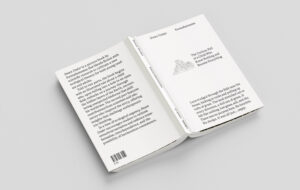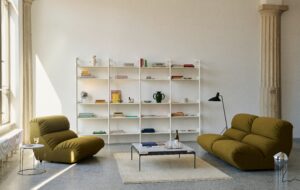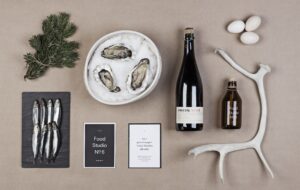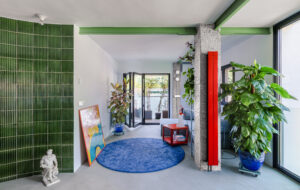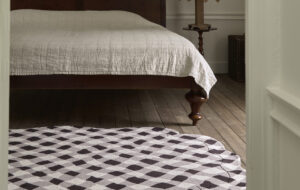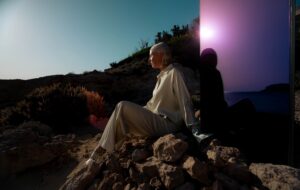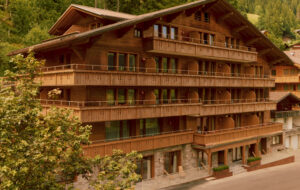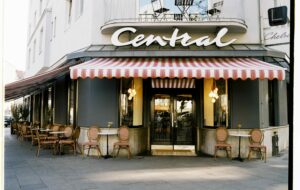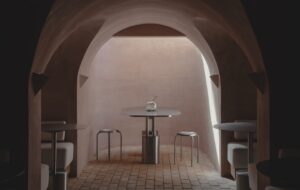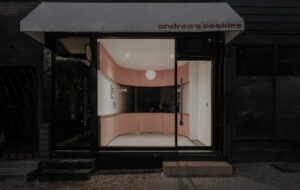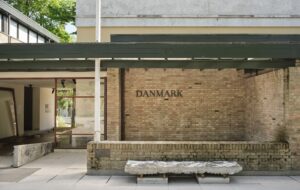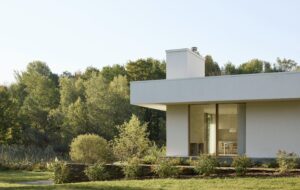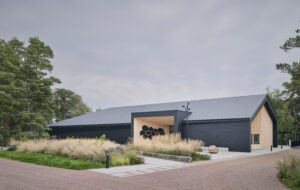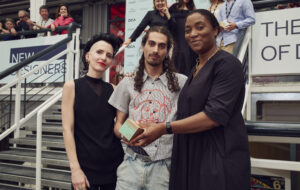Urban Fabric, a large-scale installation that’s informed by a deep-rooted appreciation of the need for sustainable design, will take over the central courtyard at Somerset House for its first presentation at the London Design Biennale 2023
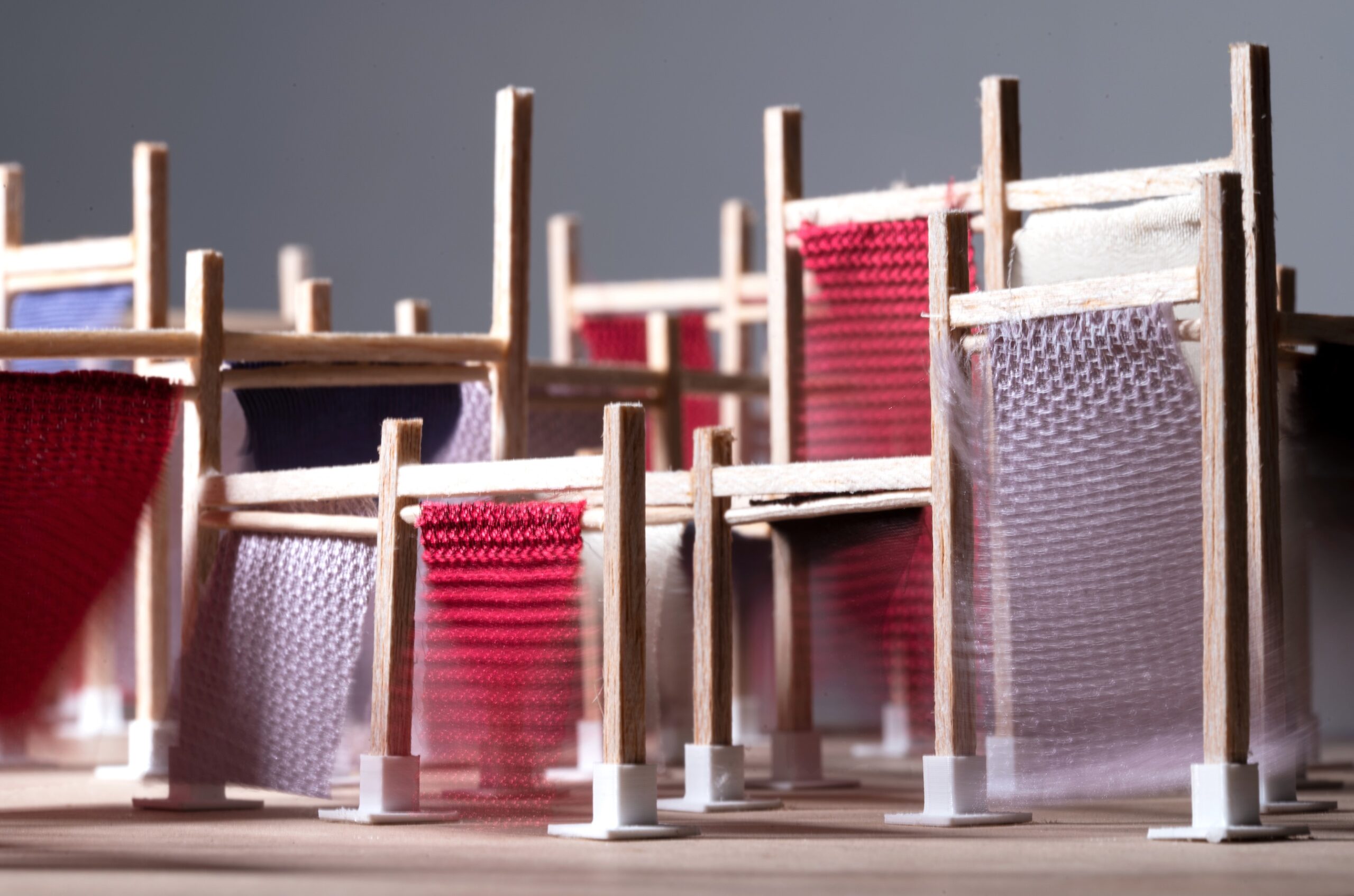 Photography courtesy of Arts Council Malta and Open Square Collective featuring a model of Urban Fabric
Photography courtesy of Arts Council Malta and Open Square Collective featuring a model of Urban Fabric
Words by Jessica-Christin Hametner
While Malta has become a firm favourite with tourists in search of picture-perfect coastlines and scuba diving, the archipelago, nestled in the central Mediterranean between Sicily and the North African coast, continues to be one of Europe’s most underrated design destinations.
In 2018, Malta’s capital Valletta was the first World Heritage City in Europe to become European Capital of Culture. Often referred to as the ‘fortress island’, Malta has a deep and complex history that’s still alive and well today, with historic fortifications including citadels and towers, as well as walled cities like Mdina that boast an impressive blend of medieval and baroque architecture.
Taking the form of rich traditional culture and spectacular buildings, such as the MUŻA art museum, Renzo Piano’s Valletta City Gate and hip galleries like Valletta Contemporary and Spazju Kreattiv which spotlight local talent, this lesser-known cultural capital is home to cool cafés including Lot 61, fine dining restaurants Noni and Gracy’s Arts & Supper Club, as well as talented creatives making waves across the globe.
Among the next-generation creators placing Malta on the design map is studio Open Square Collective, which brings together the interests of four Maltese creatives: fashion designer Luke Azzopardi; artist and academic Trevor Borg and architect duo Matthew Joseph Casha and Alessia Deguara. The team also includes two support members – veteran journalist Ramona Depares and Gilbert Micallef.
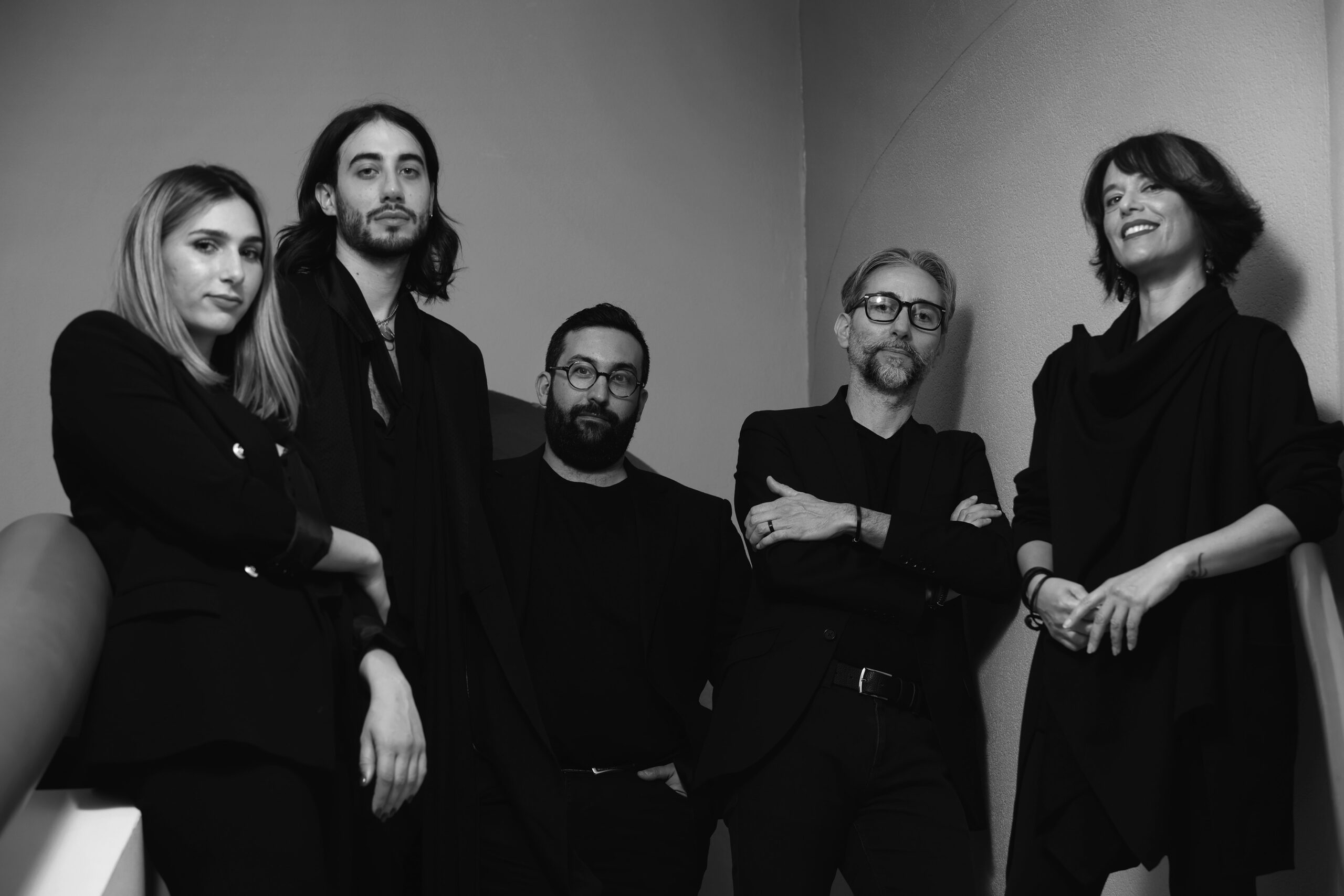 Photography courtesy of Open Square Collective featuring from left: Alessia Deguara, Luke Azzopardi, Matthew Joseph Casha, Trevor Borg and Ramona Depares
Photography courtesy of Open Square Collective featuring from left: Alessia Deguara, Luke Azzopardi, Matthew Joseph Casha, Trevor Borg and Ramona Depares
Exploring the intersection of architecture, art and culture through cutting-edge work that pays homage to the country’s extensive heritage and history, Open Square Collective offers a fresh approach to design within a sustainable development framework.
The studio applies the same innovative ethos of sustainability, craft and design to Urban Fabric, a new body of work for the Malta Pavilion, which will take over the central courtyard at Somerset House at this year’s London Design Biennale (1-25 June), responding to the theme of ‘The Global Game: Remapping Collaborations’.
Commissioned by Arts Council Malta, under the auspices of Malta’s Ministry for the National Heritage, The Arts and Local Government, Internationalisation Executive at Arts Council Malta, Romina Delia, is the project leader of the Malta Pavilion at the London Design Biennale 2023.
A fusion of art, architecture and design, Urban Fabric is a playful labyrinth of light, colour and texture that aims to re-contextualise the Maltese village core, merging traditional city planning and the ancient Phoenician-Maltese practice of fabric production and dyeing.
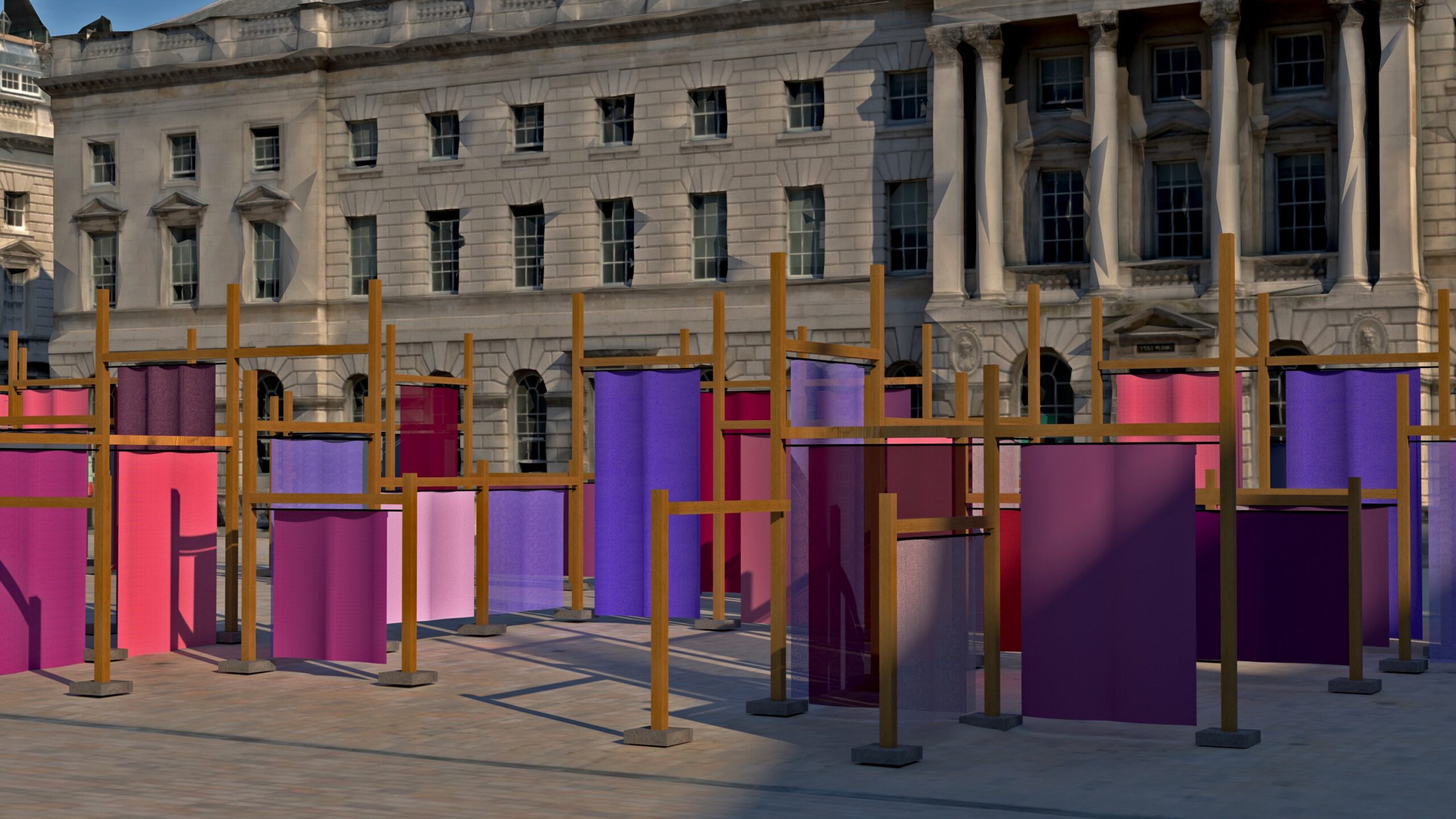 Photography courtesy of Arts Council Malta and Open Square Collective featuring Urban Fabric
Photography courtesy of Arts Council Malta and Open Square Collective featuring Urban Fabric
The wider context in which the original concept and ideas are located is based on research that was carried out at the National Museum of Archaeology in Valletta, Malta, where the team retraced the footsteps of the Phoenicians – able sailors and gifted artisans of ancient Mediterranean history – experiencing the fine fabrics and artefacts of the time and using this experience as foundation.
The Phoenicians, renowned for their textile production, mastered the art of dyeing wool and linen garments using two major types of sea-snail species, which are common along the Mediterranean shores: the Murex trunculus and the Murex brandaris. Once 15 times more valuable than gold, extracting the colour purple from these snails made the merchants wealthy traders.
While the dye’s ancient association with the Phoenicians survives in the modern name Phoenician, finding its roots in the Greek word phoinix, or purple, Open Square Collective utilised vegetable and plant-based dyes to recreate the vivid Phoenician purple shades for Urban Fabric, drawing on eco-friendly methods as an alternative to ancient practices.
‘We were both emotionally and artistically inspired by this ancient Phoenician dyeing process, so we thought we would try to emulate that model,’ explains Luke Azzopardi. ‘We produced this big labyrinth of fabric, which feels almost like a spiritual experience when you walk through it. It’s a bit like being lost in colour.’
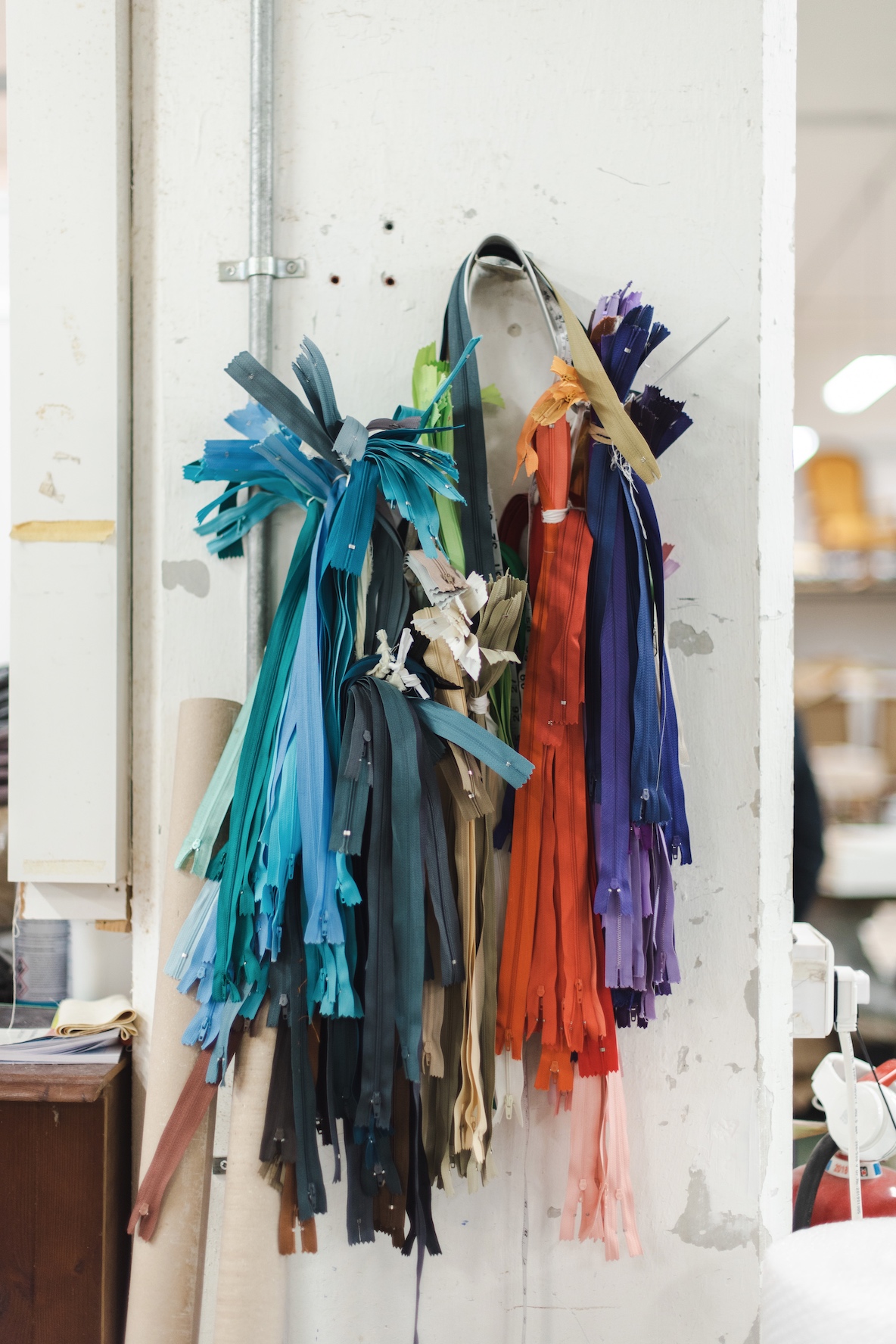 Photography by Francesca Vella
Photography by Francesca Vella
Skirted by sparkling seas and bathed in a uniform golden hue, Malta isn’t colourful upon first glance. The island’s spectacular coast and unspoilt landscapes on the neighbouring island of Gozo feature a perfect colour palette of beiges, sand-coloured stone and shades of brown found throughout the rugged earthy landscape.
‘We chose a colour that is linked to Malta,’ adds Trevor Borg. ‘Purple is grounded in history, however, it is also different to the sandstone colour that we use to build our houses. Of course, the lighter colours better reflect the sunlight and heat here in Malta, so they remain cooler to touch.’
Exploring the role of light and colour in urban beautification, Urban Fabric aims to inspire city planners and architects to return to and honour Malta’s colourful roots by creatively reimagining its neutral-centric palette that’s graced many of its buildings.
‘It is a pity that there is a big loss of colour in the urban fabric; a loss of colour that’s also been lost throughout history even in the architectural elements of our buildings, like many frescos being covered up,’ elaborates Matthew Joseph Casha. ‘I think we’re losing our gusto for colour – this project is our homage to bringing colour back into the urban fabric.’
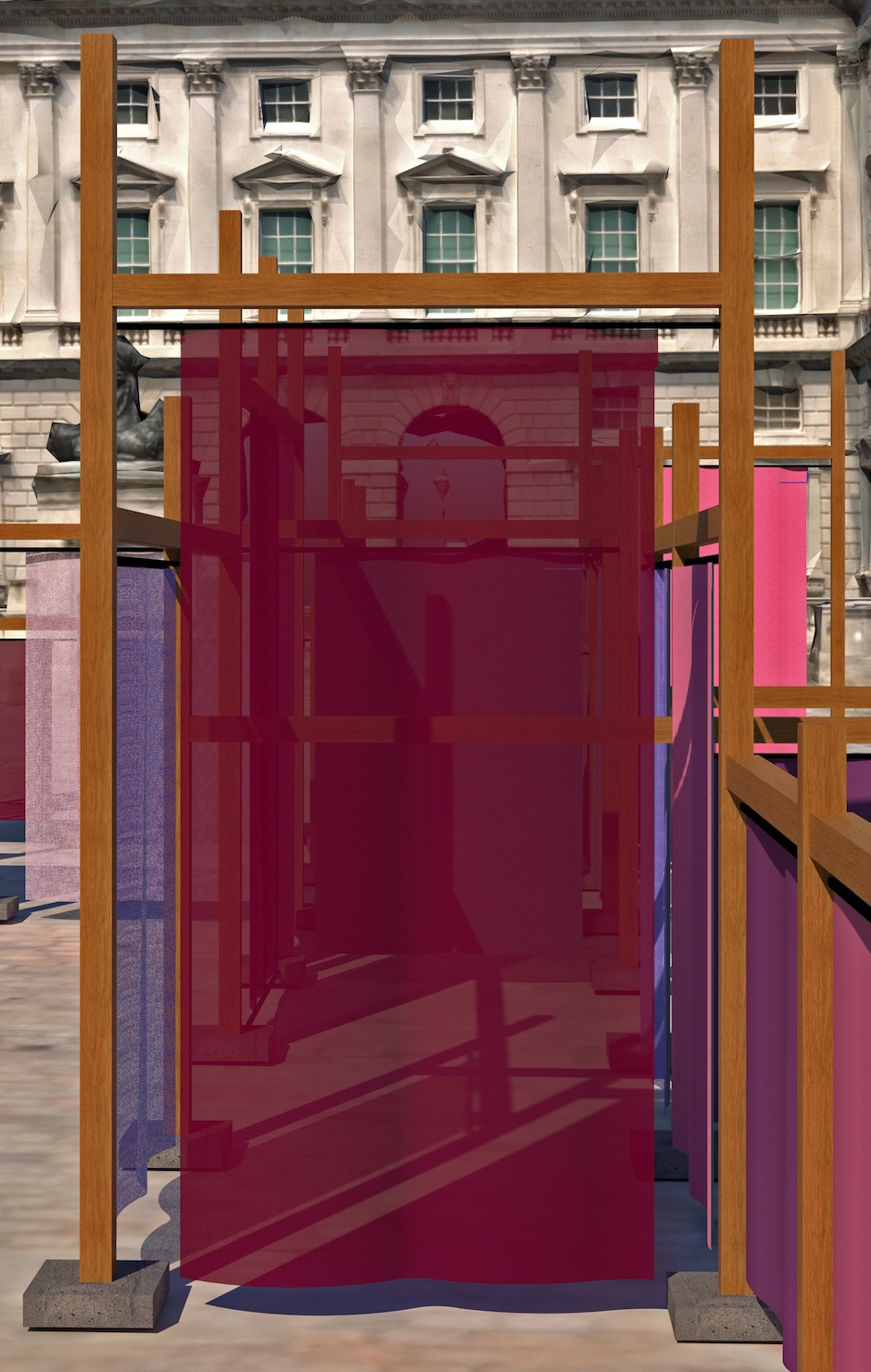 Photography courtesy of Arts Council Malta and Open Square Collective featuring Urban Fabric
Photography courtesy of Arts Council Malta and Open Square Collective featuring Urban Fabric
Urban Fabric finds its inspiration in the layouts of ancient Maltese villages and cities, such as the medieval fortified town of Mdina or the Cittadella in Gozo, where the pjazza, or village square, sits at the heart of local life, serving as a place to gather, celebrate, gossip or eat.
It is this Maltese village core, which is re-contextualised at Somerset House. Using sustainably-sourced British wood, stone and organic fabrics, such as linen, cotton and recycled polyester, Open Square Collective created a street-like layout that invites viewers inside a colourful maze to explore its pjazza and connect with others.
‘With this project we want to demonstrate what an urban place should feel like,’ explains Casha. ‘The pjazza, in particular, and this idea of community, this place where you would go to experience life, is what we’re hoping to bring to the heart of Somerset House in London.’
Swathes of fabric, saturated in vibrant, ever-changing shades of purple, mimic the original Phoenician shade, and the interplay of shadow and light cast by the installation as the sun moves throughout the day, creates a dynamic experience in constant flux, fluctuating according to weather conditions.
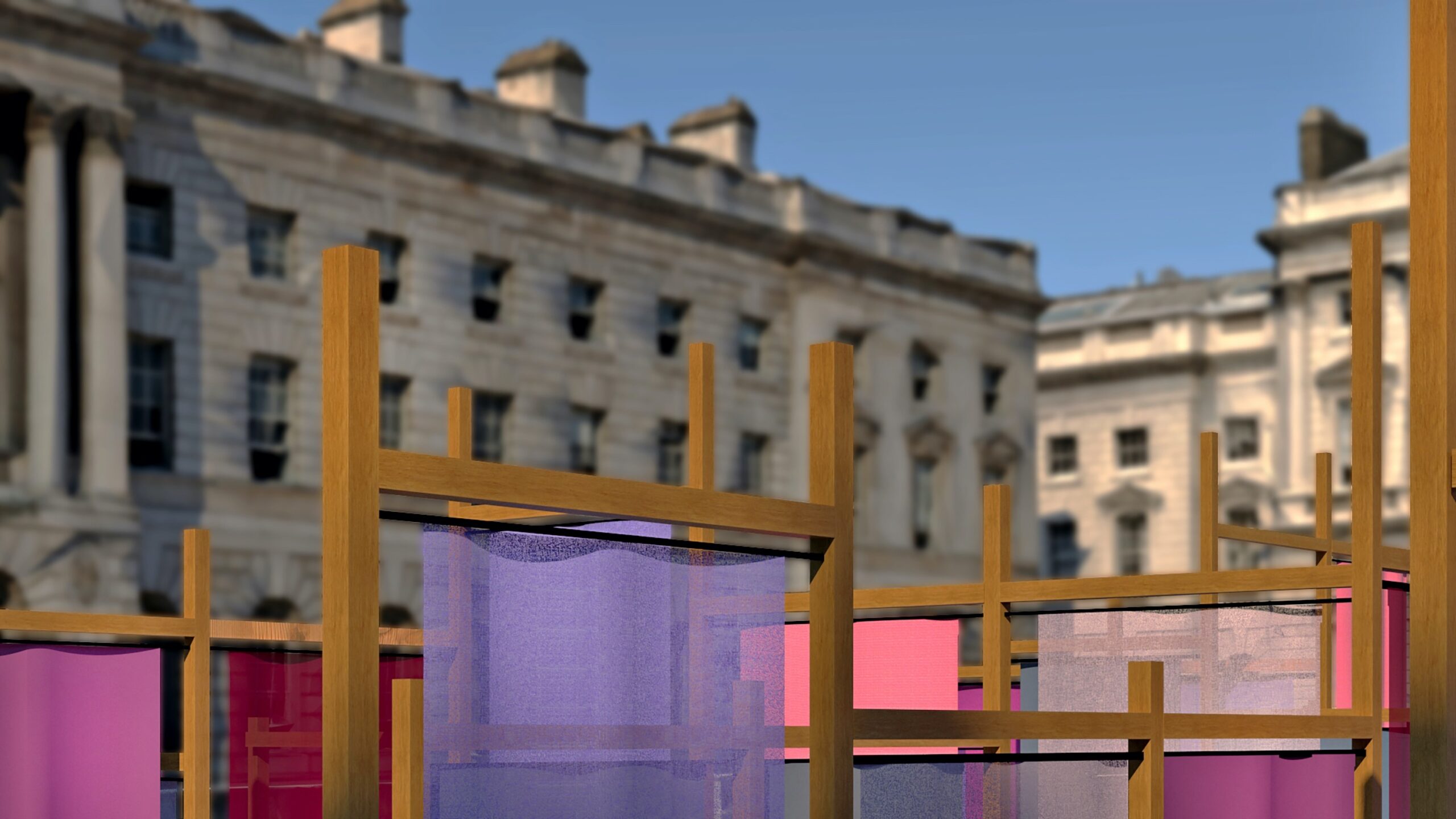 Photography courtesy of Arts Council Malta and Open Square Collective featuring Urban Fabric
Photography courtesy of Arts Council Malta and Open Square Collective featuring Urban Fabric
‘The idea comes from biomimicry, so mimicking the strategies found in nature to solve human challenges in a sustainable manner,’ explains Casha. ‘We are creating an installation and leaving it up to nature to change. This is also one of the fundamentals of biomimicry – using nature to understand how we should be doing things.’
Encouraging discourse about the environment by presenting a well-researched, thought-provoking and creative structure, Urban Fabric combines aesthetic and spatial awareness with activism. Many of the materials from the installation will be repurposed for a new showcase in Valletta next year, while audiences in Malta will also be able to engage with the installation via an online portal, created to extend the project’s legacy.
‘We are using the historic legacy of Malta and reinterpreting it in a more contemporary fashion to recreate and re-contextualise the village core,’ adds Ramona Depares. ‘And by doing this, we are promoting a more sustainable and ecological way of living, hoping to start a bigger conversation.’
‘Malta has been visited and influenced over the centuries by many different peoples and civilisations, which have affected our food, architecture and culture as a whole. In our project, we are taking only a snippet of that history – the Phoenicians – and when you experience that you will notice it has many lacunas,’ adds Casha.
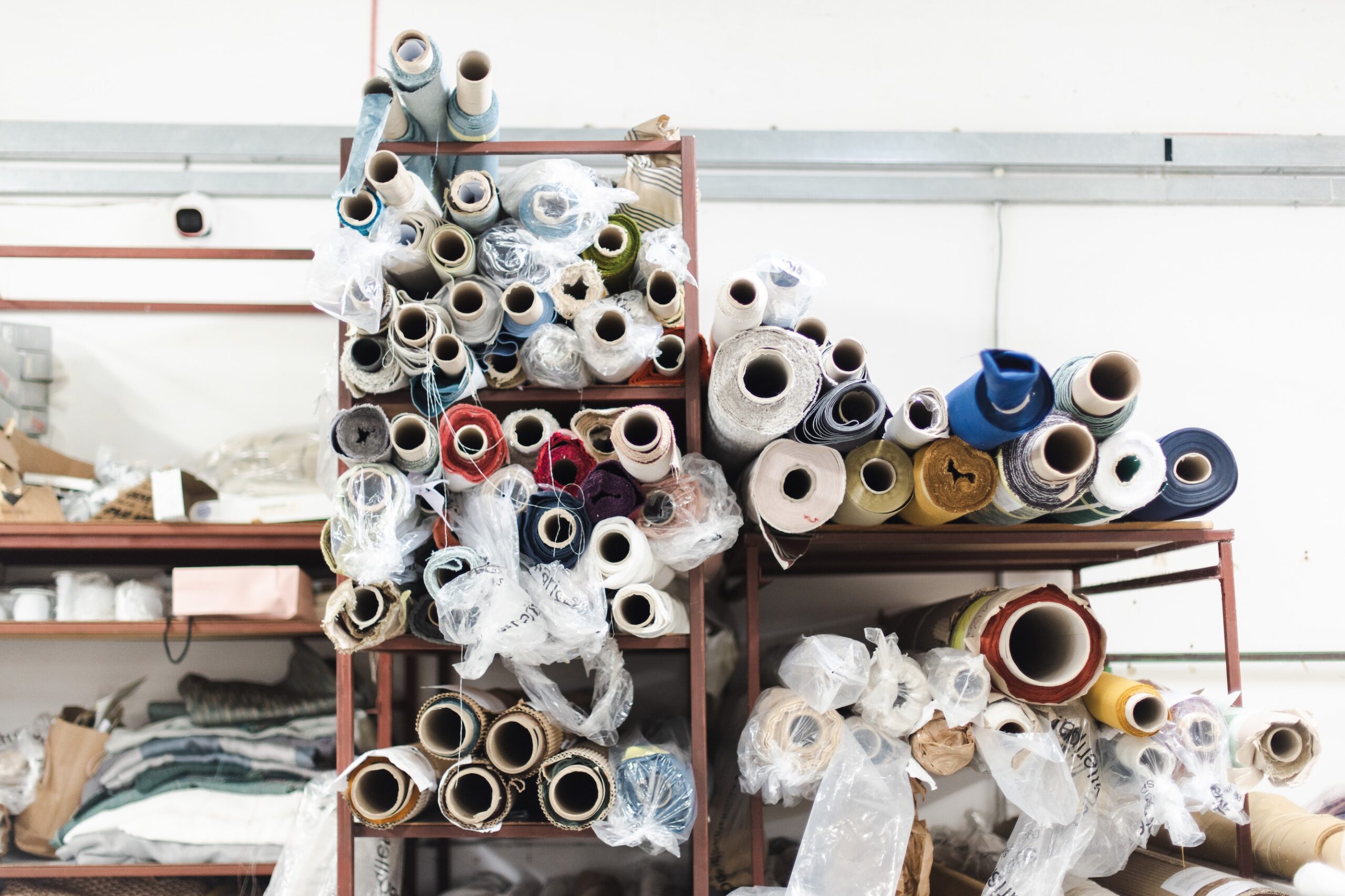 Photography by Francesca Vella
Photography by Francesca Vella
‘However, these grey areas also give a lot of room for artists like us to re-interpret and re-understand our version of what could be. With Urban Fabric, we hope to promote life and inspire others not to be too afraid of using colour.’
From the UNESCO-listed megalithic temples on the island of Gozo to the spectacular St John’s Co-Cathedral in the heart of Valletta, not forgetting the many independent studios and galleries brimming with local handmade art and antiques, Malta is a treasure trove for any design or architecture lover.
Bringing a slice of Malta to the heart of London, Urban Fabric explores the threads of Maltese culture, but moreover, this beautiful installation is a celebration of community and unity, both honouring the past and inspiring the future. As the island continues to emerge as a centre for creativity, we’re keeping our eyes peeled.
Urban Fabric by Open Square Collective is presented at the Malta Pavilion at the London Design Biennale, Somerset House, from 1-25 June 2023. For more information, visit urbanfabricmalta.com
Get a curated collection of design and architecture news in your inbox by signing up to our ICON Weekly newsletter


